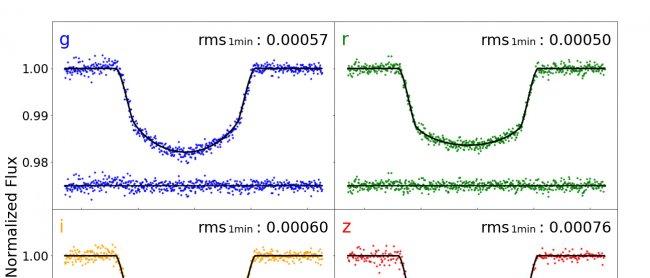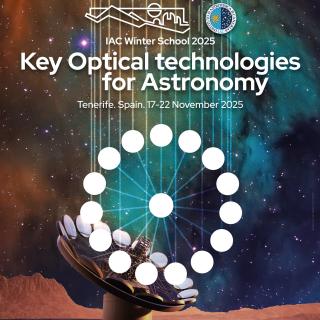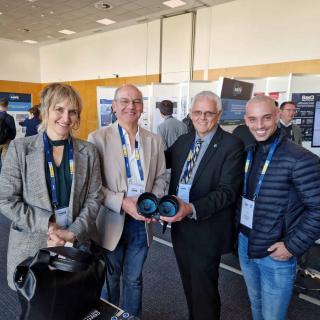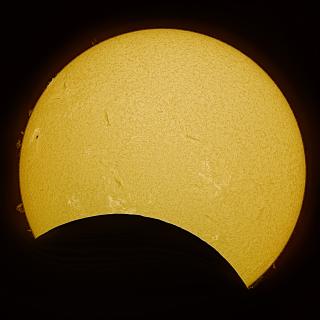In April 2018, NASA launched a new satellite named the Transiting Exoplanet Survey Satellite (TESS) to discover new exoplanets around stars in the solar neighborhood. The TESS observes planetary transits, a phenomenon in which a planet passes in front of its host star, to find exoplanets. Transiting exoplanets are especially valuable targets for exoplanet studies, since one can investigate the true mass, radius, density, orbital obliquity, and atmosphere of such planets.
However, candidates of transiting exoplanets discovered by the TESS are not always real planets. This is because eclipsing binaries, a pair of stars orbiting and eclipsing each other, may mimic transit-like signals in photometric survey data. False positive rates caused by eclipsing binaries for the TESS mission is predicted as 30-70% depending on observing direction. Thus one needs to distinguish and exclude false positives caused by eclipsing binaries to truly find transiting exoplanets.
One of such follow-up observations to validate the planetary nature of candidate exoplanets is multi-color transit photometry. This is because dimming caused by a true planet should be fairly achromatic, while that caused by an eclipsing binary would change significantly with wavelength.
For this reason, an international collaboration team consisting of Japanese researchers from the Astrobiology Center (ABC) and the University of Tokyo and Spanish researchers from the Instituto de Astrofísica de Canarias (IAC), has developed a 4-color simultaneous camera named MuSCAT2 on the 1.52m Telescopio Carlos Sánchez in the Teide Observatory, Canaries, Spain.
In a paper recently published in the Journal of Astronomical Telescopes, Instruments, and Systems, the team has demonstrated that MuSCAT2 can achieve world top-level photometric precision in 4 colors simultaneously. The precision achieved is indeed sufficient to validate the planetary nature of Earth-like habitable planets in the solar neighborhood.
Based on the agreement between ABC and IAC, the team will use MuSCAT2 more than 162 nights per year in upcoming years at least until 2022. The team will work to find a large number of new transiting exoplanets, including Earth-like habitable planets in the solar neighborhood in collaboration with the ongoing TESS mission.
Paper information:
- Journal: Journal of Astronomical Telescopes, Instruments, and Systems
- Title: MuSCAT2: 4-color Simultaneous Camera for the 1.52m Telescopio Carlos Sánchez
- Authors: Norio Narita, Akihiko Fukui, Nobuhiko Kusakabe, Noriharu Watanabe, Enric Palle, Hannu Parviainen, Pilar Montanes-Rodriguez, Felipe Murgas, Matteo Monelli, Marta Aguiar, Jorge Andres Perez Prieto, Alex Oscoz, Jerome de Leon, Mayuko Mori, Motohide Tamura, Tomoyasu Yamamuro, Victor J. S. Bejar, Nicolas Crouzet, Diego Hidalgo, Peter Klagyivik, Rafael Luque, Taku Nishiumi
Contact information:
IAC representative
- Enric Palle (Instituto de Astrofísica de Canarias)
- epalle [at] iac.es (epalle[at]iac[dot]es)
Japanese representative
- Norio Narita (The University of Tokyo / Japan Science and Technology Agency)
- narita [at] astron.s.u-tokyo.ac.jp (narita[at]astron[dot]s[dot]u-tokyo[dot]ac[dot]jp)




